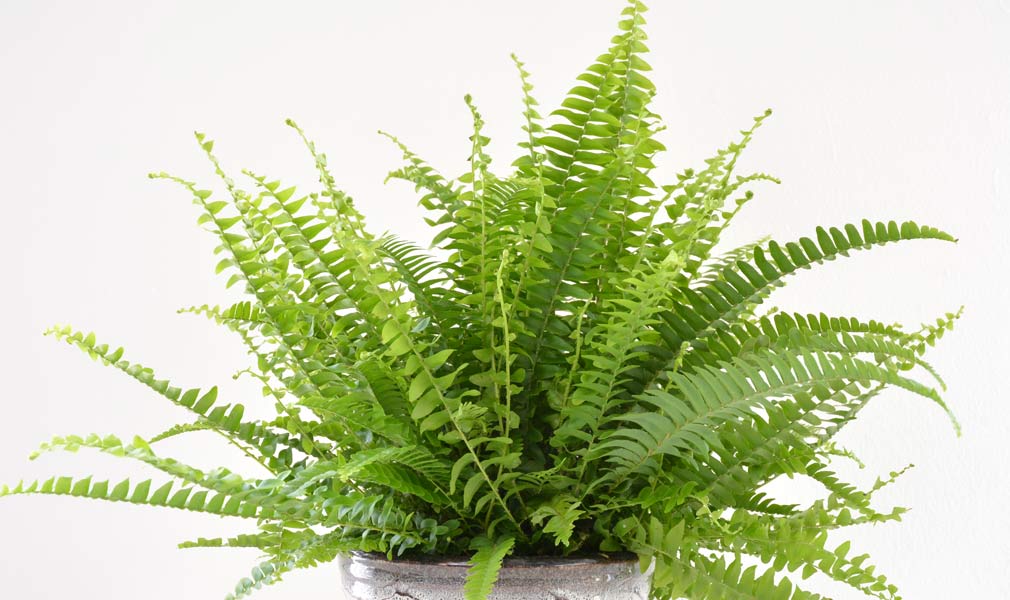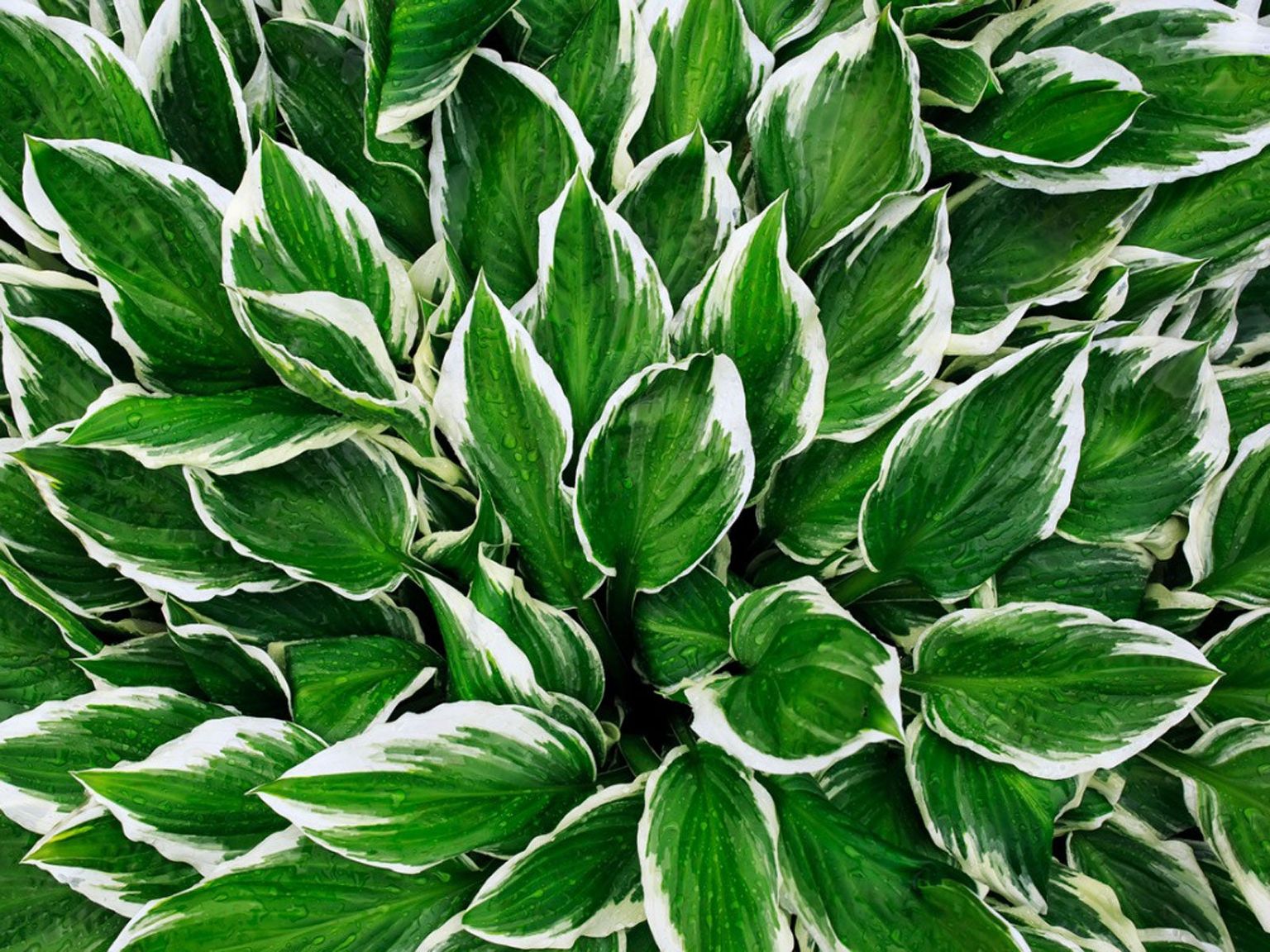How To Grow And Care For A Sage Plant
Growing Sage: The Perfect Herb for Your Garden Are you looking for an easy-to-grow herb for your garden? Sage could be the perfect plant for you! With its fragrant leaves, sage is not only a tasty ingredient in many dishes, but also a great addition to your landscape. In this article, we will go over the basics of growing and caring for sage so that you can add this wonderful herb to your garden. Plant Attributes Sage, or Salvia officinalis, is a hardy perennial herb that is native to the Mediterranean region. It belongs to the mint family and has a woody stem and small, leathery leaves. Sage can reach a height of 60-90 cm and has attractive blue-purple flowers that bloom in late spring or early summer. Growing sage is easy, and it thrives in areas with full sunlight and well-drained soil. Sage is also drought-resistant, which makes it an ideal plant for dry regions. Like many other herbs, sage can be grown in containers and can be used as a decorative plant in your garden. Plant Care Sage is a low-maintenance plant that requires minimal care. Here are some basic care tips to get you started: - Watering: Sage does not need much water and, in fact, can be killed by overwatering. Generally speaking, sage should be watered once a week, or whenever the soil feels dry to the touch. - Fertilizing: Sage does not require much fertilizer, but you can add a slow-release fertilizer to the soil in the spring to give the plant a boost of nutrients. - Pests and Diseases: Sage is relatively pest-resistant, but it can be affected by spider mites and whiteflies. If you notice any pests on your plant, try spraying it with a mild soap solution. Sage can also be affected by various diseases, including root rot and powdery mildew. To prevent these diseases, make sure your plant is grown in well-drained soil and has good air circulation. Pruning Sage is a fast-growing plant that can quickly become woody and leggy if not pruned regularly. Pruning encourages the growth of new, leafy branches and helps keep the plant compact and bushy. Here are some pruning tips: - Prune sage in early spring before new growth begins. - Cut back the stems to a height of about 6-8 cm. - Pinch back the tips of the branches throughout the growing season to encourage bushiness. Propagation Sage can be propagated by stem cuttings or by seed. Here is a step-by-step guide to propagating sage from stem cuttings: 1. Take a 10-15 cm cutting from a healthy sage plant. 2. Remove the leaves from the lower half of the cutting. 3. Dip the cut end of the stem in rooting hormone. 4. Plant the cutting in well-draining soil. 5. Water the plant well and keep it in a warm, sunny location. After a few weeks, your sage cutting should start to grow roots and new leaves. Once the plant has developed a strong root system, you can transplant it to a larger container or into your garden. Potting & Repotting Sage can be grown in containers, which makes it a great option for people with limited space or who want to grow herbs indoors. Here are some tips for potting and repotting sage: - Choose a pot that is at least 20 cm in diameter and has drainage holes. - Use a well-draining potting mix. - Repot sage every 2-3 years or when the plant outgrows its container. Common Pests & Plant Disease Sage is relatively pest and disease-resistant, but it can be affected by spider mites, whiteflies, and various diseases, including root rot and powdery mildew. Here are some tips for preventing pest and disease problems: - Make sure your sage plant is grown in well-draining soil. - Provide good air circulation around your plant. - Water your sage plant only when the soil is dry. - If you notice any pests or signs of disease on your plant, remove the affected leaves and spray the plant with a mild soap solution. Common Problems While sage is a relatively easy plant to grow, it can be affected by a few common problems. Here are some tips for preventing and solving these problems: - Leggy Sage: If your sage plant is becoming leggy, prune it back regularly to promote bushiness. - Powdery Mildew: Powdery mildew can be prevented by providing good air circulation and avoiding overwatering your plant. If you notice signs of powdery mildew on your plant, try spraying it with a mild soap solution. - Yellowing Leaves: Yellowing leaves can be a sign of overwatering or nutrient deficiencies. Make sure your plant is not sitting in soil that is too wet and add a slow-release fertilizer to the soil in the spring. Sage is a wonderful herb to grow in your garden or in containers. Its fragrant leaves are not only delicious in many dishes but also provide a pleasant aroma in your garden. With a little care, your sage plant will thrive and provide you with fresh herbs for years to come. 


www.gardeningknowhow.com - bonnie mccann
www.pinterest.com - cuttings slickgarden
gilmour.com - sage growing grow plant gilmour gardening guide


:max_bytes(150000):strip_icc()/kararileystringofpearls-11-e358f583cc6b44c887609dc7b3cd1aec.jpg)

Post a Comment for "How To Grow And Care For A Sage Plant"